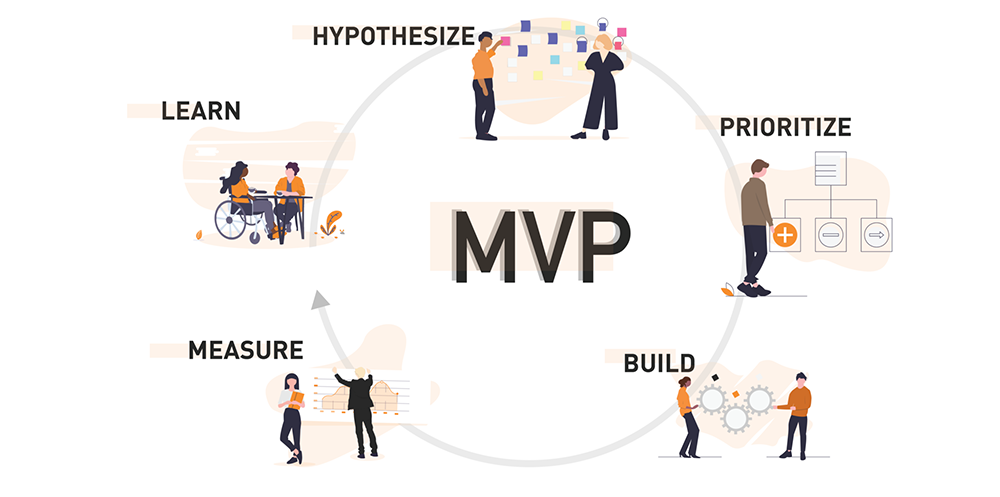The role of Agile development in the MVP process
What is MVP development?
MVP development is a process whereby a company creates a minimum viable product (MVP) in order to gauge interest from potential customers or users. The MVP is typically a version of the product that has the core functionality in place, but may be lacking in some areas, such as features or design. The goal of developing an MVP is to get feedback from users as quickly as possible so that the company can make any necessary changes or additions before launching the full product.
There are many benefits to developing an MVP, including the ability to reduce risk, save time and money, and gather valuable feedback from users. However, there are also some challenges associated with MVP development, such as deciding which features to include and how much to invest in the product.
When done correctly, MVP development can be a great way to assess whether or not there is a market for your product and to get feedback from users that can help you improve the product before launching it. However, it’s important to carefully consider which features to include in your MVP and how much to invest in the product, as a poorly executed MVP can waste time and resources.
If you’re considering developing an MVP for your product, there are a few things you should keep in mind:
1. Define your goals for the MVP. What do you hope to achieve by developing an MVP?
2. Identify your target market. Who do you want to use your MVP?
3. Decide which features to include. What is the core functionality that your product needs in order to be successful?
4. Create a prototype or demo of the product. This will help you get feedback from potential users and make any necessary changes before launching the full product.
5. Test, test, test! Be sure to test your MVP with a small sample of your target market to get the most accurate feedback.
By following these steps, you can create an MVP that will help you assess the viability of your product and improve it before launch. Keep in mind that MVP development is just one part of the product development process – after you’ve launched your MVP, you’ll need to continue to gather feedback and make changes as needed. But if you’re careful in planning and executing your MVP, it can be a great way to reduce risk and get your product off to a successful start.

Should I use an agile framework to develop my MVP?
There’s no one-size-fits-all answer to this question, as the best development method depends on the specific product and team. However, agile frameworks can be beneficial for MVP development, as they emphasize iterative and incremental progress, customer feedback, and flexible responses to change. This approach can help ensure that the final product meets customer needs and is viable in the marketplace.
If you’re considering using an agile framework for MVP development, it’s important to choose one that will fit the needs of your team and product. Scrum, Kanban, and Lean are all popular agile frameworks, and each has its own strengths and weaknesses. Ultimately, the best way to decide which framework is right for you is to experiment with different approaches and see what works best for your particular situation.
Why is MVP Agile development so effective?
MVP is an agile development methodology that helps simplify the development process and speed up time to market. It enables you to test your product or feature with real users quickly and get feedback so you can make necessary changes. MVP also helps reduce risk by helping you focus on the most important features and avoid building features that no one wants or needs.
If you’re looking for a way to simplify and speed up your software development process, MVP is a great option. It’s been proven to be effective in delivering high-quality products quickly and efficiently. And, because it’s based on agile principles, it’s flexible and can be adapted to meet the specific needs of your project. So if you’re looking to get your product to market faster, MVP is a great option to consider.
Contact us for more info.
